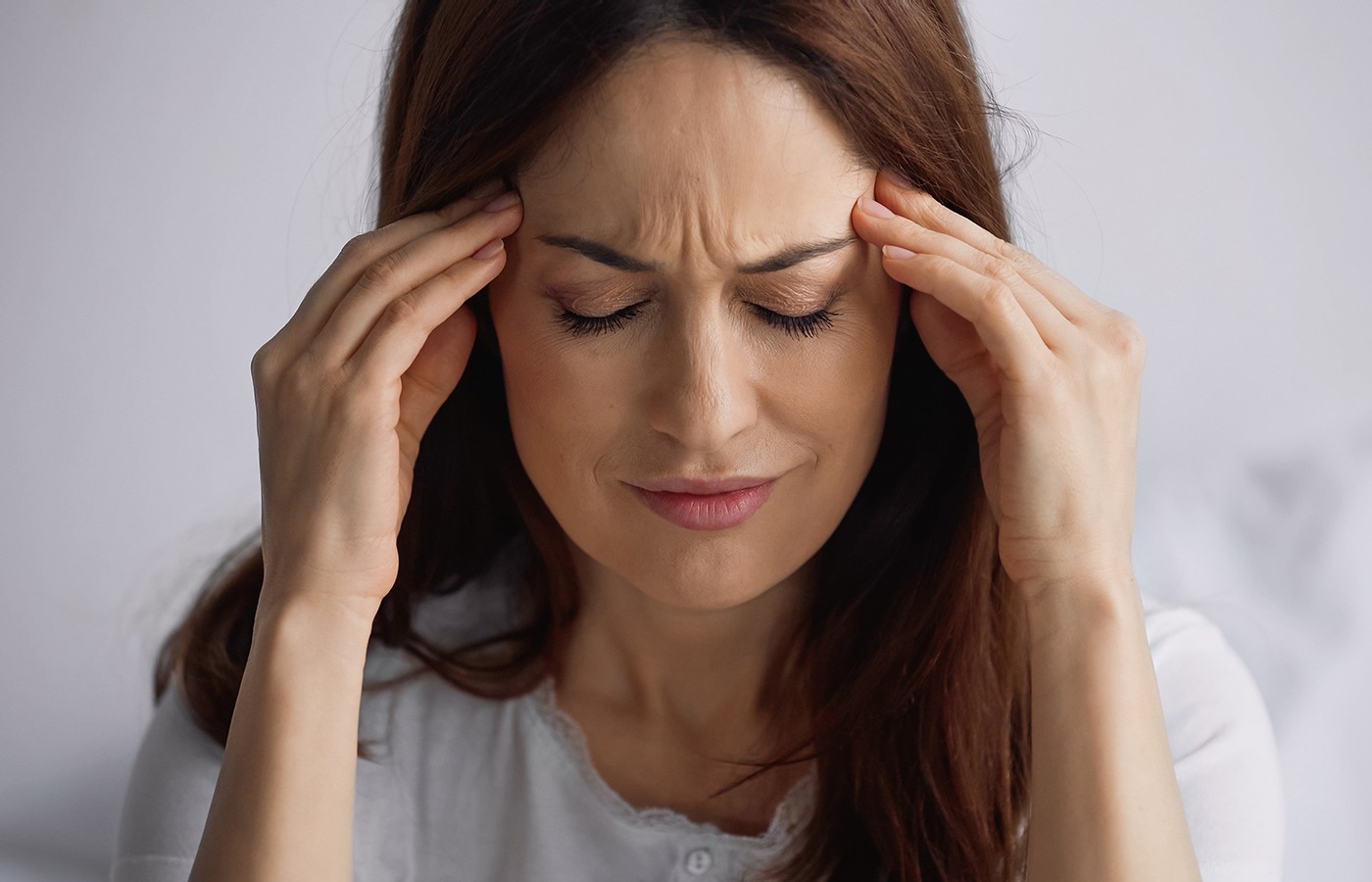Whether you accept it, avoid it or live somewhere in between, insurance coverage has become a defining issue for our profession. Patients increasingly expect to use their benefits, practitioners want to be compensated fairly for their time and expertise, and the system itself remains – at best – fragmented. The encouraging news is that coverage has expanded in meaningful ways. The challenging news is that reimbursement, across the board, remains inadequate.
An Auricular Point for Migraines: New Research
- Medication remains a mainstay treatment option, making nondrug alternatives critical to safer practices.
- New research suggests auricular acupuncture may be one such alternative; specifically needling at a sympathetic point for 20 minutes daily for one week.
- Pain intensity scores decreased by approximately 16 points in members of the intervention group from baseline to post-treatment, while increasing by an average of more than three points in the control group.
Migraines are unilateral, throbbing headaches, often with concurrent nausea, photophobia, and phonophobia. Approximately 10% of the global population suffers from migraines, with women more than three times as likely as men to experience them. Medication remains a mainstay treatment option, making nondrug alternatives critical to safer practices. New research suggests auricular acupuncture may be one such alternative.
The randomized, controlled study included 100 participants (ages 18-45), equally divided into an intervention group and control group for comparison. All participants were experiencing migraines, but were not taking any medication.
The intervention: needling at a sympathetic point for 20 minutes daily for one week. Per the study findings: “bilateral needling in the sitting position at a sympathetic point, an auricular acupuncture point located inside the helix following the path of the lower part of the antihelix crus.” The control group received needling at a non-acupuncture point for the same frequency and time period.
The primary outcome measure: pain intensity before vs. after the intervention, assessed via the six-item Headache Impact Test (HIT-6), with higher scores (49-60) indicating severe impact on daily living and lower scores (less than 49) indicating little to no impact. The study also assessed depression using the Beck Depression Inventory, a 21-item test yielding scores from 0 (minimum depressive symptoms) to 63 (severe symptoms). Scores over 28 were considered severe.
Pain intensity scores (HIT-6) decreased by approximately 16 points in members of the intervention group from baseline to post-treatment, while increasing by an average of more than three points in the control group (65.00 to 49.51 vs. 62.04 to 67.15). Depression (BID) scores decreased by an average of six-plus points in the intervention group from baseline to post-treatment (19.43 to 13.32), vs. nearly a six-point reduction in the control group (33.26 to 27.52).
According to the research team, “The reduction in the depression level even after increase in the pain intensity level in [the control group] is unclear; thus, more studies are warranted to identify the underlying reasons.”
Reference: Deepika O, et al. Efficacy of needling at sympathetic point (an auricular acupuncture point) in migraine patients: a randomized controlled study. J Acu Res (open access), 2024;41(2):115-120.



